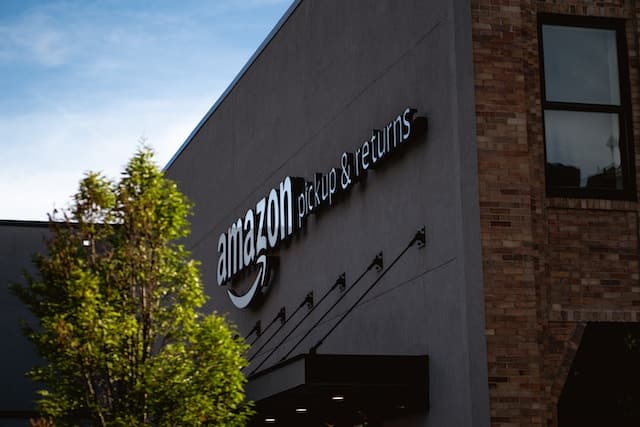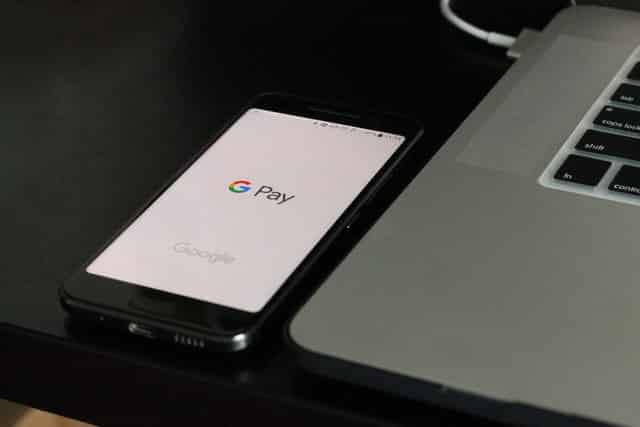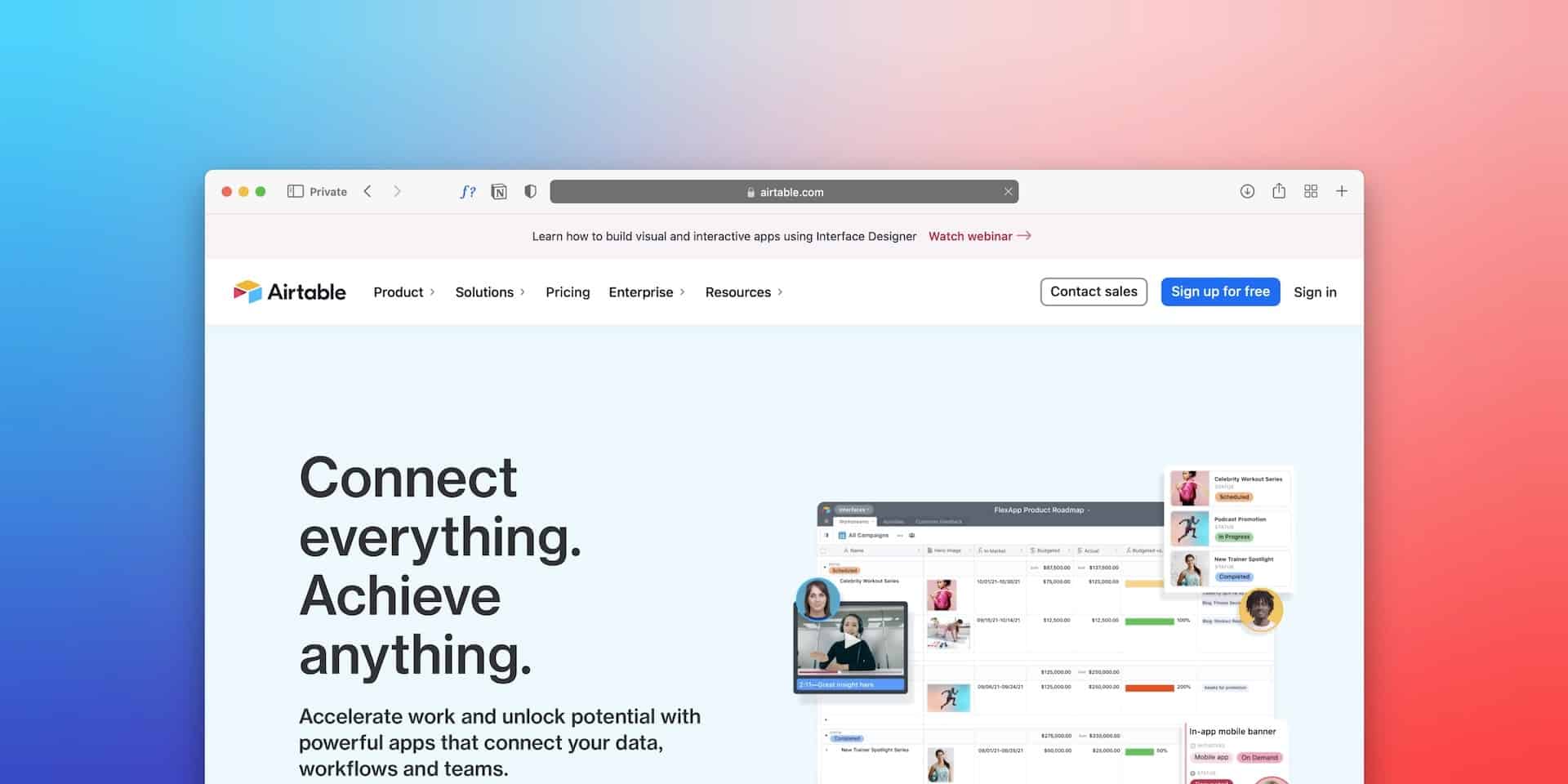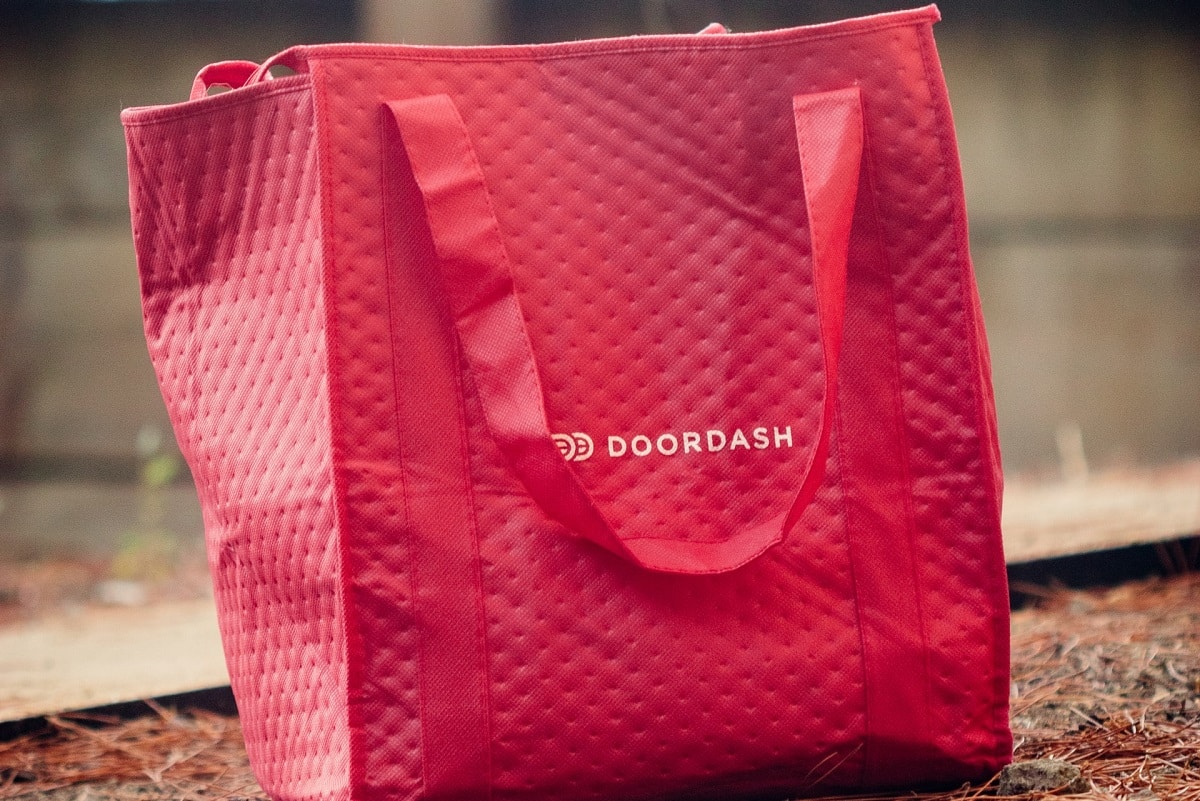Venmo is an American mobile payment service based in New York. It was founded in 2009 by the University of Pennsylvania alumni Andrew Kortina and Iqram Magdon-Ismail to help friends and families split bills.
In 2012, Braintree acquired Venmo for $26.2 million. Later, in Dec 2013, PayPal bought Braintree with Venmo for $800 million. Venmo’s 60 million users can transfer funds to other account holders via the mobile app. It is a US-only service, so the sender and the receiver must live in the US.
The company also offers Venmo-branded credit cards with QR codes. In 2021, Venmo handled $230 billion in transactions and made $850 million in revenue. [1]
Venmo expanded its service with the help of PayPal. In Jan 2016, PayPal enticed merchants to use Venmo as their payment channel. The service adopted QR codes in 2018 to allow takeout and food trucks to accept payments.
After that, in Oct 2020, PayPal added crypto on Venmo for users to purchase products using Bitcoin, Ethereum, and Litecoin. The platform started buying, holding, and selling cryptocurrencies in Apr 2021. Venmo and PayPal only reported transactions to the IRS when an account holder processes at least $20,000 annually. In Dec 2022, the US government reduced the figure to $600 to curb tax evasion.
Venmo also offers a social network where users interact with emoticons. However, the company faces stiff competition from Amazon Pay, Stripe, Square, GoCardless, FreshBooks, and Birdeye. [2]
Here is an in-depth analysis of Venmo’s top competitors and alternatives:
1. Amazon Pay
Year founded: 2007
Headquarter: Seattle, Washington
Amazon Pay is an online payment service offered by Amazon Inc., the leading e-commerce platform. Amazon customers can pay for purchases on external merchant sites like Shopify using their Amazon accounts. In Aug 2021, Amazon Pay partnered with Affirm to offer a BNPL (buy now, pay later) checkout option in the US. [3]
Amazon Pay leverages Amazon’s vast consumer base. Additionally, the platform integrates with leading e-commerce sites, including Shopify, BigCommerce, and Magento. Users can also pay for purchases using Alexa-powered devices for 4% plus 30 cents per transaction. Amazon Pay is the top Venmo alternative for online purchases. [4]

2. Stripe Payments
Year founded: 2010
Headquarter: San Francisco, California
Stripe is an online payment platform for merchants, but it also offers income management, company incorporation, card issuance, and treasury services. In 2022, Stripe was valued at $95 billion and has raised $2.2 billion in funding since its founding.
Both Stripe and Venmo are online payment services. In May 2022, Stripe introduced Financial Connections to link customers directly to their bank accounts. Venmo also has this feature on its platform, undercutting its competitive advantage. Stripe is one of the best alternatives to Venmo. [5]
3. Square Payments
Year founded: 2009
Headquarter: San Francisco, California
Square offers in-person and online payment processing solutions. It provides a comprehensive suite of business management tools and mobile, retail, and online sales in a single platform. In 2022, Square reported over $40 billion in gross payment volume per quarter.
Square provides small businesses everything they need to sell their goods and services. Unlike Venmo, Square allows users to add advanced features to the POS system and leverage email marketing and customer loyalty programs to expand their business.
Square’s paid service costs between $15 and $60 per month; however, businesses can open a free account to access essential tools. Square is one of the top Venmo alternatives for SMBs. [6]
4. GoCardless
Year founded: 2011
Headquarter: London, United Kingdom
GoCardless is an online payment platform for account-to-account payments. Over 70,000 businesses use GoCardless to collect recurring and one-off payments from customers’ banks. In Feb 2022, GoCardless raised $312 million in a Series G funding round at a $2.1 billion valuation. [7]
GoCardless processes more than $25 billion in transactions annually. In 2021, the company unveiled its Instant Bank Pay feature for instant payments and has also partnered with Klarna to offer its services to more than 21 million US customers. This partnership allows GoCardless to compete for market share in Venmo’s backyard.
5. FreshBooks
Year founded: 2003
Headquarter: Toronto, Canada
FreshBooks is web-based accounting software owned by 2ndSite Inc. Users can access its platform via a mobile device or desktop in over 160 countries. In Aug 2022, FreshBooks secured a $100 million debt facility to fund its global expansion plans. [8]
FreshBooks caters to businesses of all sizes, but the platform is best suited for SMBs. Its software-as-a-service (SaaS) model and owner-first accounting platform simplifies finance management, billing, payments, and client engagement.
In 2022, FreshBooks was recognized as a Top 10 employer by Great Places to Work and is a worthy Venmo competitor.
6. Birdeye
Year founded: 2012
Headquarter: Palo Alto, California
Birdeye is a unified reputation and customer experience platform, but it also offers digital payments like Venmo. In Mar 2022, Birdeye raised $60 million in a funding round to expand its services. [9]
Birdeye offers an all-in-one service geared toward local businesses and brands. Over 80,000 companies use the platform to manage payments and customer interactions.
Unlike Venmo, Birdeye users can access reviews, messaging, web chat, surveys, and AI-powered insights, making it a comprehensive alternative to Venmo.
7. Thryv
Year founded: 2013
Headquarter: Dallas, Texas
Thryv is a SaaS company that offers digital solutions for SMBs. It operates in 48 states across the US and serves over 50,000 businesses. In 2022, Thryv had more than 2,400 employees.
Thryv connects SMBs to consumers via proprietary local search portals and directories. Over 400,000 businesses rely on Thryv to modernize and manage their end-to-end operations.
In Oct 2022, Thryv was named a SaaS Award winner in the Marketing category for the APPEALIE SaaS Awards. The company is one of the top Venmo competitors. [10]
8. WePay
Year founded: 2008
Headquarter: Redwood City, California
WePay is an online payment service provider (PSP) owned by JPMorgan Chase. It offers an integrated and customizable payment solution to software platforms, online marketplaces, and crowdfunding sites through its APIs.
WePay provides a built-in payment gateway and processing service. The company also offers fraud and risk protection solutions to its partners, but the main selling point for WePay is customization.
Businesses can customize the payment service and integrate it into their software to create unique checkout experiences, making WePay one of the best alternatives to Venmo for platform operators. [11]
9. Synder
Year founded: 2019
Headquarter: San Francisco, California
Synder is an easy-to-use accounting platform for e-commerce businesses. Entrepreneurs can use the platform to build online stores with automated accounting, cash-flow management, and inventory tracking. In Aug 2021, Synder raised $2 million in the seed round to automate e-commerce bookkeeping. [12]
Synder uses a subscription SaaS model where users start with a free trial and buy additional services to fit evolving business needs. It connects sales channels like Amazon, Shopify, and eBay in a single platform. So, users can manage omnichannel sales with one-click operations.
In 2021, the company had around 15 employees, but it was already serving over 4,000 clients. Synder is one of the fastest-growing competitors for Venmo.
10. HoneyBook
Year founded: 2013
Headquarter: San Francisco, California
HoneyBook is a financial management platform that helps freelancers and independent business owners manage their clients and cash flow. In Nov 2021, the company raised $250 million in Series E funding. HoneyBook had previously closed a $155 million Series D round in May 2021 at a $1 billion valuation and has raised $498 million since its founding. [13]
HoneyBook caters to service-based businesses, including web designers, interior designers, business coaches, and photographers. The platform uses Stripe to process payments and helps creative entrepreneurs book more clients, manage projects, and get paid.
In 2021, HoneyBook recorded 100% growth in customer transactions to $1.9 billion, making it the best alternative to Venmo for service-based businesses.
11. Zelle
Year founded: 2017
Headquarter: Scottsdale, Arizona
Zelle is a digital payments network under the ownership of Early Warning Services. Users can send money from their bank accounts to other account holders in a few minutes. In 2021, Zelle facilitated 1.8 billion customer transactions worth $490 billion.
Like Venmo, Zelle is a peer-to-peer (P2P) payment solution. It enables payments between friends and family and helps small businesses manage their cash flow more efficiently. Users can send and receive money without paying any fees.
The platform uses the Automated Clearing House (ACH) system to speed payments between bank accounts. Zelle is the best free alternative to Venmo. [14]
12. Google Pay
Year founded: 2011
Headquarter: Mountain View, California
Google Pay is a business and peer-to-peer payment platform offered by Google Inc. It works with Google Wallet, which holds digital payment details, transit passes, and tickets. As of 2022, Google Pay served customers in 57 countries.
Google Pay and Venmo facilitate business and peer-to-peer transactions, but only Google Pay for Business deposits funds directly into users’ business bank accounts. Venmo doesn’t offer automatic account-to-account transfers. Unlike Venmo, Google Pay doesn’t charge transaction fees.
Another advantage of using Google Pay is its global reach, spanning 57 countries. Overall, the platform is one of the best Venmo alternatives for businesses with customers outside the US. [15]

13. Meta Pay
Year founded: 2009
Headquarter: Menlo Park, California
Meta Pay allows Facebook users to send money to each other via Messenger from Meta. It supports person-to-person, business-to-business, and business-to-consumer payments in 160 countries and 55 currencies. In Sep 2022, the parent company rebranded Facebook Pay to Meta Pay and rolled it out across Meta’s products in nearly 200 countries. [16]
Meta Pay and Venmo combine online money transfers with social networking. The main advantage of Meta Pay is its integration with the most widely used social media platform.
Facebook users only need to link their debit card or PayPal account and create a PIN to use Meta Pay with Messenger, making it one of the top alternatives to Venmo.
14. Cash App
Year founded: 2013
Headquarter: San Francisco, California
Cash App is a mobile payment service available in the US and the UK. It handles person-to-person money transfers through a mobile app. In 2021, Cash App had 44 million monthly active users and 13 million Cash App cardholders.
Cash App enables users to send and receive money using a unique screen name ($cashtag). So they don’t need to input bank account numbers, phone numbers, or email addresses. However, the platform requires a one-time login code from the account holder for security purposes.
Like Venmo, Cash App offers Bitcoin trading and transfers, making it one of the best Venmo alternatives. [17]
15. Apple Pay
Year founded: 2014
Headquarter: Cupertino, California
Apple Pay is a mobile payment platform offered by Apple Inc. It is accessible on all Apple devices, including iPhone, Apple Watch, iPad, and Mac. In 2021, 5,480 banks supported Apple Pay globally.
Apple Pay users can make payments in person or via iOS apps and the web. According to the Financial Brand, Apple is investing in mobile payments and BNPL (buy now, pay later) services to strengthen its hold on the iPhone user base.
The company has over 507 million mobile wallets worldwide. Apple Pay is the best alternative to Venmo for Apple users. [18]

References & more information
- Cortez, J. (2022, Dec 14). How to Send and Receive Money Using Venmo. Next Advisor
- George, J. (2022, Dec 12). Why using Venmo or PayPal could create tax headaches in the coming weeks. Denver7News
- Ryan, T. (2021, Aug 30). Amazon finally catches the ‘buy now, pay later’ wave. Retail Wire
- Rosenberg, A. (2023, Jan 3). Amazon Pay Review: Fees, Features, Alternatives. Nerd Wallet
- Azevedo, M. A. (2022, May 5). From partners to competitors: What Stripe’s latest move means for Plaid. TechCrunch
- Fabregas, K. (2022, Dec 17). What Is Square, And How Does It Work? Forbes
- PYMNTS (2022, Feb 8). GoCardless Valued at $2.1B After Series G. PYMNTS
- FreshBooks (2022, Aug 3). FreshBooks secures up to $100 debt facility to support global growth. Globe Newswire
- Birdeye (2022, Mar 10). Birdeye raises $60 million in Series C Funding led by Accel-KKR to help local businesses grow. PRNewswire
- Thryv (2022, Oct 27). Thryv was named Overall SaaS Award Winner for Marketing in the 2022 APPEALIE SaaS Awards Competition. Business Wire
- Crawford, H. (2022, Nov 11). WePay Review 2022: Features, Fees, Top Alternatives. Nerd Wallet
- Hall, C. (2021, Aug 27). Accounting platform Synder raises $2 million to automate e-commerce bookkeeping. TechCrunch
- Teare, G. (2021, Nov 3). HoneyBook raises $250 million for the SMB customer management platform. Crunchbase
- Gran, B. (2022, Jul 6). What is Zelle, and how does it work? Forbes
- JT Editor (2022, Dec 20). Google Pay vs. Venmo: Which is the best for businesses? Jot Form
- Malik, A. (2022, Sep 28). Meta’s rebranding of Facebook Pay to Meta Pay is rolling out globally. TechCrunch
- Curry, D. (2022, Sep 6). Cash App Revenue and Usage Statistics. Business of Apps
- Cocheo, S. (2022, Apr 4). Apple’s Growth Strategy Emphasizes Payments + Buy Now, Pay Later. The Financial Brand
- Featured Image by Tech Daily
Tell us what you think? Did you find this article interesting? Share your thoughts and experiences in the comments section below.












Add comment